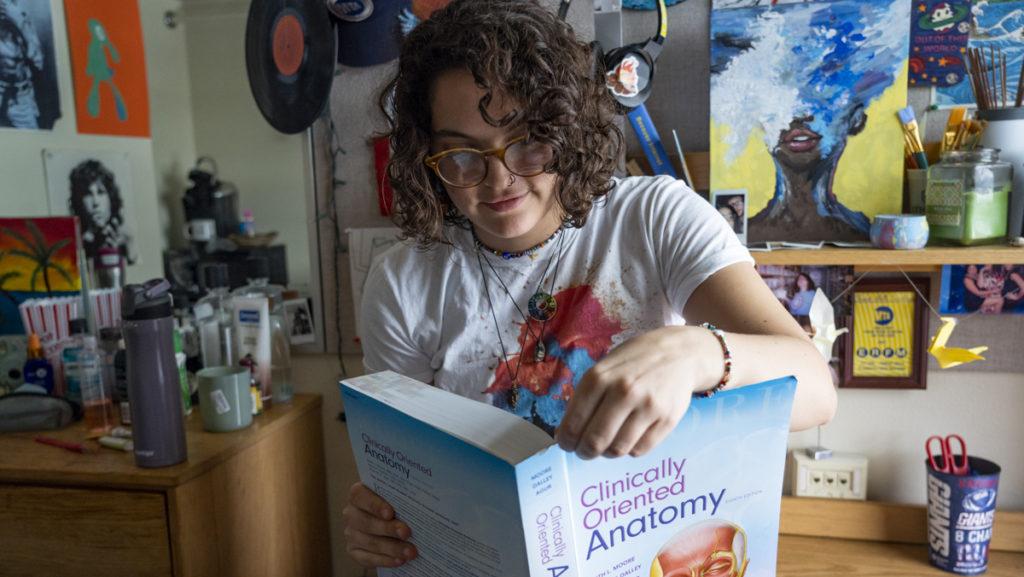All physical therapy (PT) students in the Ithaca College School of Health Sciences and Human Performance learn the same information in order to create a standard of professionalism in practice. However, this means that there is almost a cookie-cutter effect in our training. We leave school all knowing the same information, and we are therefore trained to abide by similar practices in order to become successful clinicians.
The education standard provides lines for a physical therapist to color inside of during fieldwork. This standard is the traditional version of physical therapy education, a standard that makes way for traditional practicing. The way we perceive the world affects the way we interpret and digest the material while learning it and will ultimately affect the forms of our future practices. When PT students graduate, they are entering a predetermined field of PT. This is almost reassuring coming from such a prestigious school like Ithaca College, where PT students rarely need to worry about finding work postgraduation.
But I am not concerned about whether I will find work but rather the fact that I am graduating and entering a field full of beaten paths. This is not meant to discredit the physical therapists in the field or the aspiring ones who are reading this today, as I am looking at this from the lens of a student who just learned the definition of a tubercle, which is an outgrowth found on external or internal organs that is used as an attachment for other tissue. I would like to shine light upon how much larger the coloring book of being a physical therapist can be.
Something that interests me about the field of physical therapy is the human aspect. The body is fascinating and is extremely complex beyond comprehension. In light of all the unknowns lying within our corporeal beings, I think the practice deserves more than just the physical when treating people who are at a low point in life because of injury.
The way every physical therapist learned during school will change their versions of how they teach in the field. I learn well by singing songs, touching anatomical models, drawing pictures of structures and writing out definitions in order to physically have the material in my hand as well as observe the information visually. I need these interesting stimuli in order to remain focused and inspired. As humans who need to feel connected in order to be invested, we need to relate to our surroundings in some way.
When I am explaining material to my peers, I explain what I know using the same mnemonics, pictures or sing-alongs because I am using my own perceptions in order to explain my perspective. I believe that it is the physical therapist’s job to include engaging ways for the patient to participate, just like it is the student’s job to include engaging ways of learning in their studies.
Physical therapy can exceed the physical and include more of the abstract like art or music in order to tie together concrete and abstract concepts. Abstract thinking allows absorption of information from our senses in order to make connections to the wider world. For example, telling a patient to play an instrument while heating up muscles before a session gives them more reason to sit and enjoy the therapy they are receiving. Singing along while doing an exercise in order to time yourself or drawing in order to improve strength in a sprained wrist all provide nontraditional forms of engaging physically in activity. Engaging the senses and grounding the patient in their present activities provide purpose to help them traverse the low points in life like injuries.
My dream is to build from the knowledge I am collecting in school and use it to practice holistically. I aim to not just focus on the physical aspects because a patient is a person with an overall need for growth. Whether it be involving music or drawing or involving natural and outdoor aspects, I aim to create my own path when it comes to my practice — provide healing and inspiration for my patient’s entire self, not just to suit their injury.














